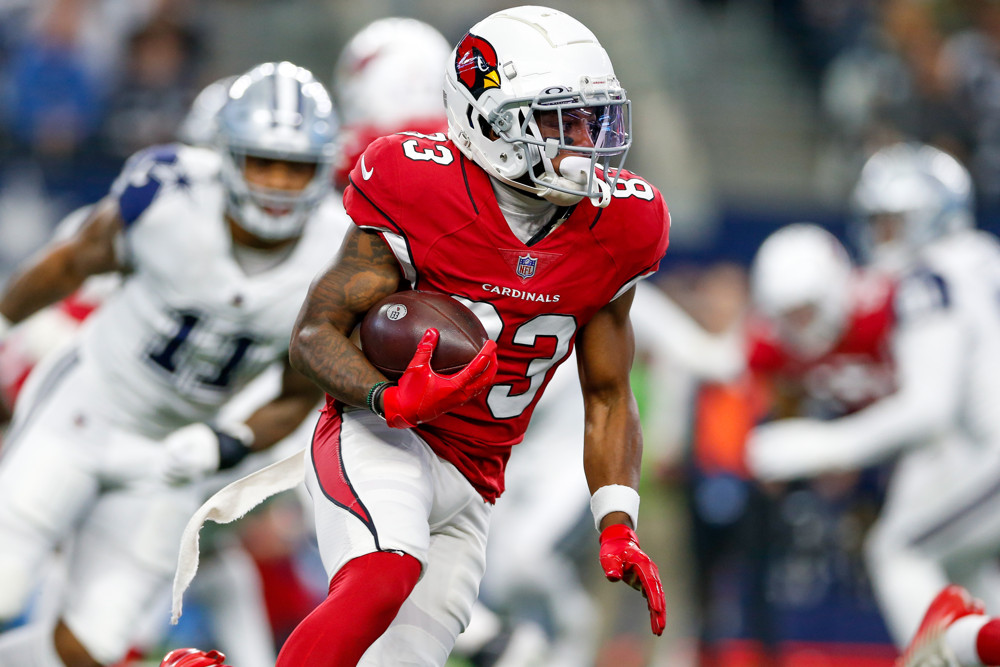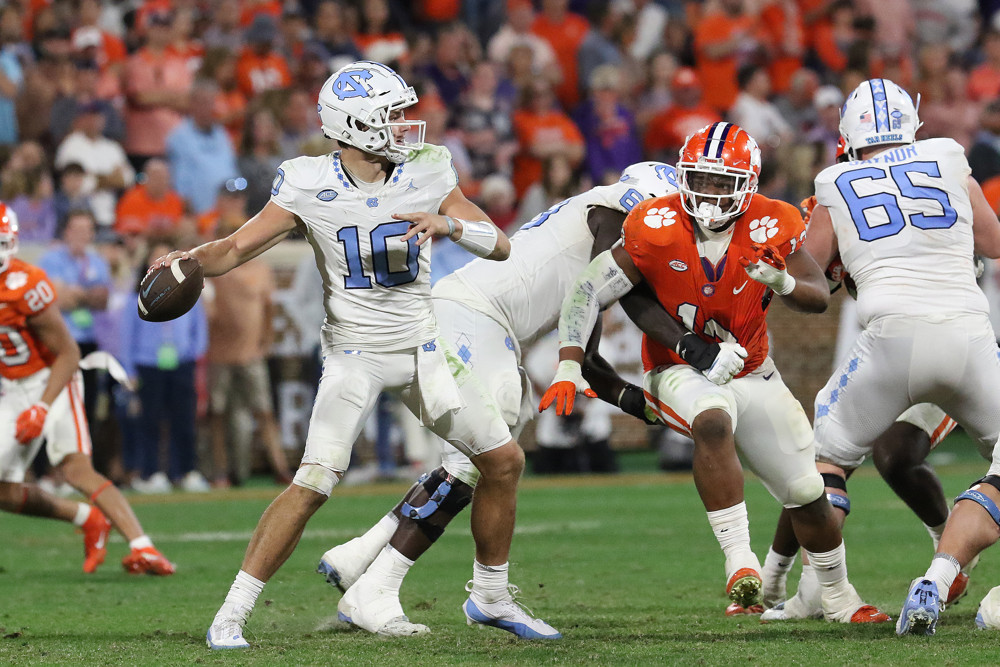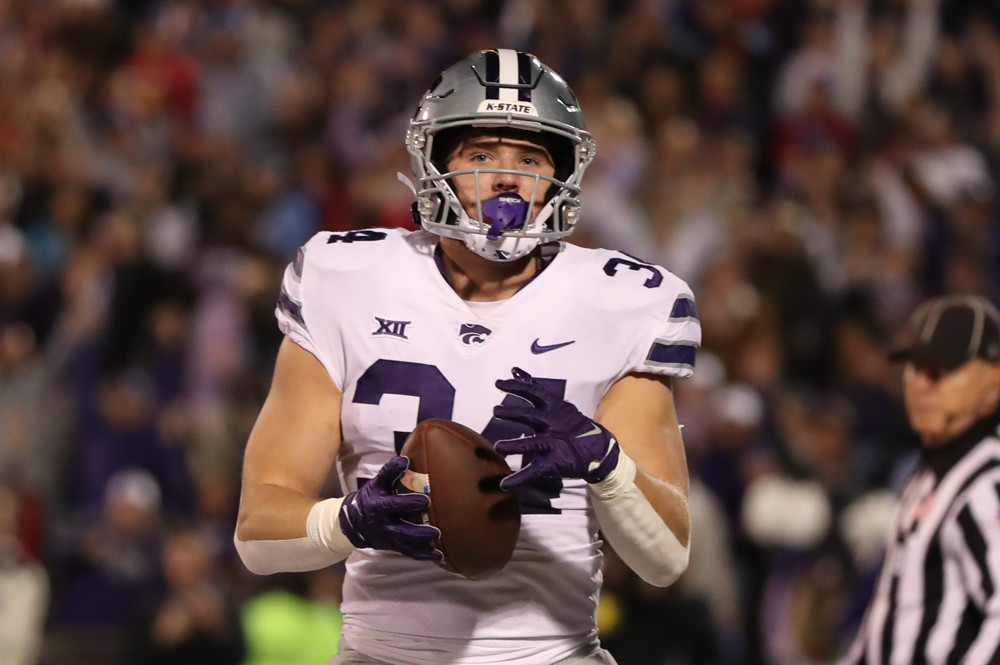
With the football season getting even closer, different best ball operators are starting to release major tournaments. I touched on them briefly in my introductory piece to best ball, but these tournaments all have the same basic structure. They consist of many 12-team leagues, but you will compete against the entire field in some way depending on the site setup.
These tournaments typically have top-heavy structures, with a great prize for first place compared to the entry fee. When it comes to attacking these contests, I find it is best to use a structural drafting approach. In other words, look to build teams in an optimal fashion from a roster construction standpoint rather than focusing on who you think the best players are. I prefer this because it acknowledges our flaws in identifying the best players (ADP is fairly efficient, especially early in drafts).
There are three main structures that I employ in best ball tournaments:
- Zero RB
- Modified Zero RB
- Hyper-fragile RB
Each of these strategies have their strengths and weaknesses, as well as the best time to deploy.
Zero RB
.jpg)
What is it?
The zero-RB strategy was popularized by Shawn Siegele back in 2013, and is certainly the structure that resides closest to my heart. Zero RB is an anti-fragile approach to drafting, looking to take advantage of the chaos that takes place over an NFL season. Specifically, this approach is tailored toward waiting on RB, the position that experiences the most injuries throughout the year and has the most production predicated upon volume rather than skill (however you would define that).
Traditionally, a zero-RB approach involves waiting until at least the fifth round to take your first RB, though I typically push that a little further. I like to open these kinds of drafts with four WRs and a stud TE in some order. In some cases, I’ll take two TEs early if the value is there.
Strengths
- Team gets stronger as the season goes on
- Build loaded teams at WR and TE
- Allows for an early-round QB to pair in stacks
- If RBs hit, immediately become a contender
Weaknesses
- RBs may not hit
- More limited in best ball due to lack of a waiver wire
- May forfeit some points early in the season
When should you use it?
This is a structure best served when picking at the end of the first round. Win rates tend to be skewed toward the top of the board due to the tier break with the elite RBs. Rather than chasing points at a position you are already struggling at, it makes more sense to slide into the skid of zero RB. If a first-round RB value falls to the second, you could pivot to a modified strategy.
Modified zero RB

What is it?
True to its name, this structure has many of the same fundamental tenets of zero RB, but with exactly one early-round RB. This allows the zero-RB drafter to take advantage of either an early draft position, or extreme RB value versus ADP. If using this structure, it is best to wait longer on a second RB than you would to take your first RB in a traditional zero-RB approach. You may even avoid the position again until the double-digit rounds.
Strengths
- Stud RB allows for more immediate production in a zero-RB build
- Much of the same benefits otherwise as zero RB
Weaknesses
- More fragile due to early capital spent at RB
When should you use it?
There is a clear top tier of fantasy RB right now: Christian McCaffrey, Saquon Barkley, Alvin Kamara, Ezekiel Elliott and Dalvin Cook. If you can get one of those top RBs, it makes sense to utilize a modified approach. Otherwise, I would likely not deviate from a true zero-RB approach unless an early-round RB fell well past ADP.
Hyper-fragile RB

What is it?
This is the extreme opposite of zero RB. Hyper-fragile RB means acknowledging that RBs are fragile, while also trying to capitalize on the ceiling if you wind up with backs who stay healthy. This structure involves taking three straight RBs to open the draft, but then not taking another RB for the rest of the draft.
Strengths
- Allows for depth at every position
- Can replace individual WR upside with volume
- Elite ceiling if all three RBs stay healthy
Weaknesses
- Extremely fragile
- Forced to pass on RB value later in draft
When should you use it?
This structure is best for situations where you can acquire one of the top RBs, and another RB value falls to you in the second round. Ideally, you want to build this out with three bell-cow RBs who all have different bye weeks. Your draft position and available second-round RBs will ultimately decide whether to deploy this strategy. It is okay to reach on that third RB so long as you believe he is a bell cow.






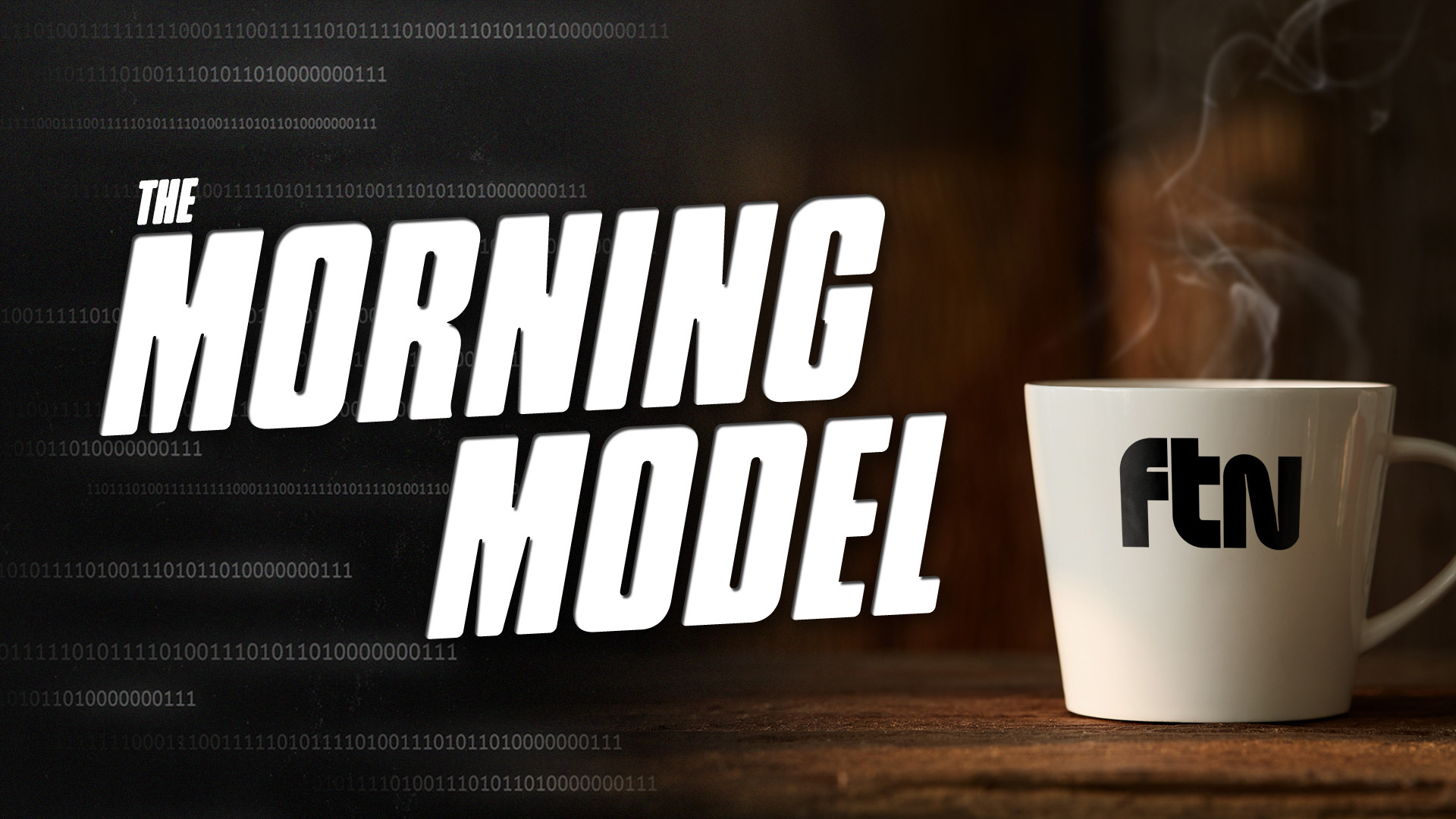







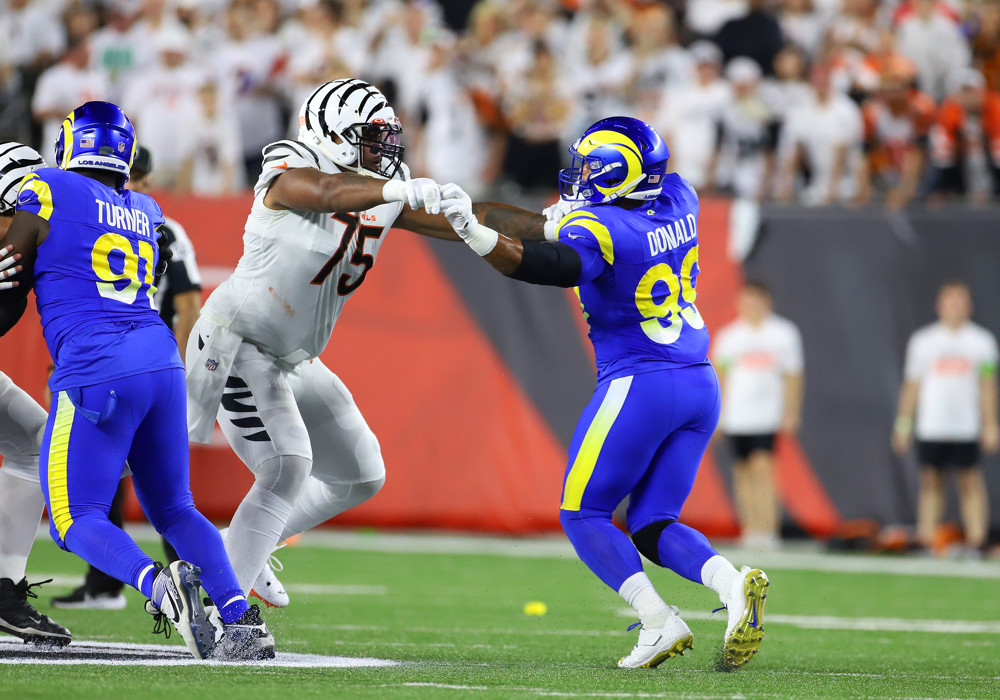



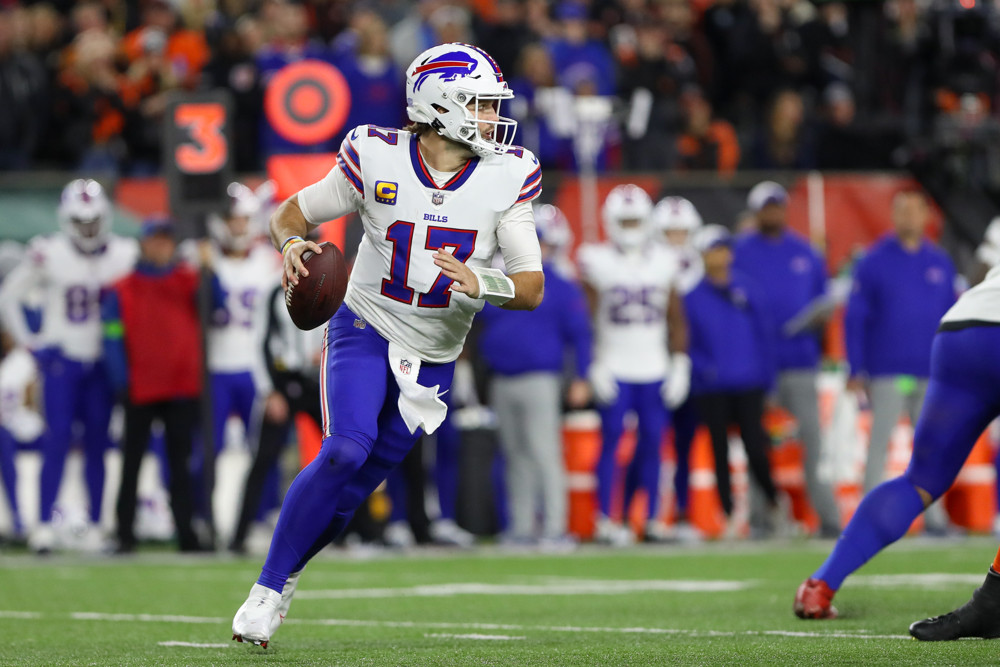
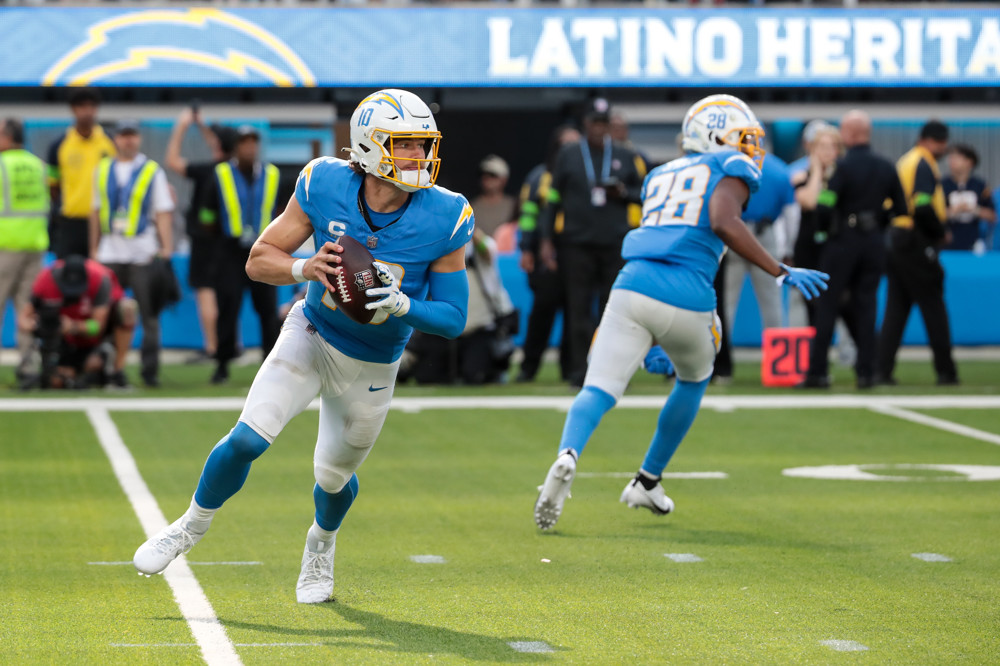

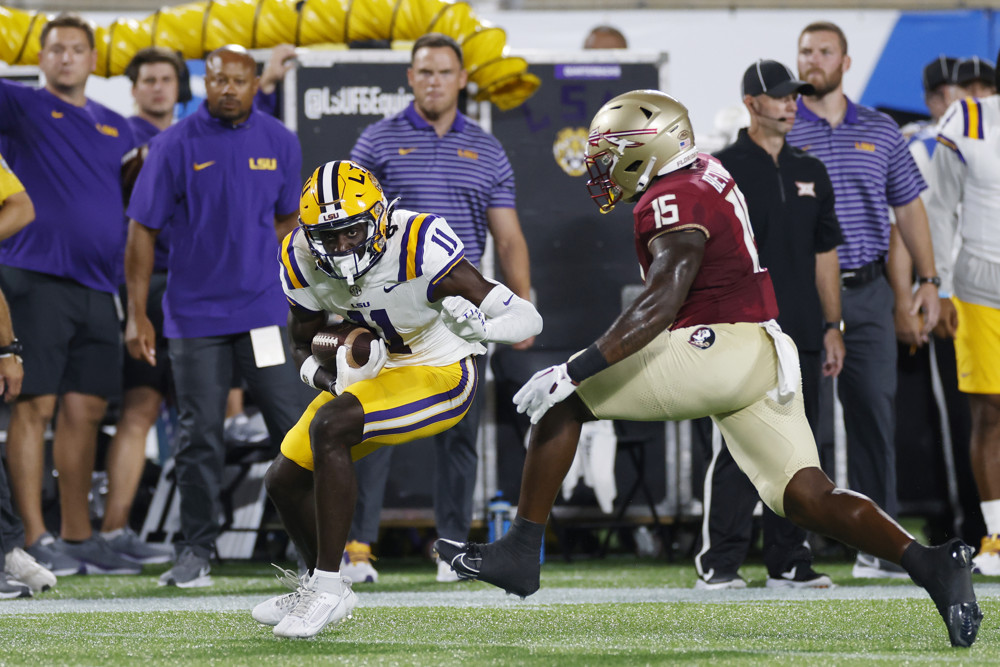

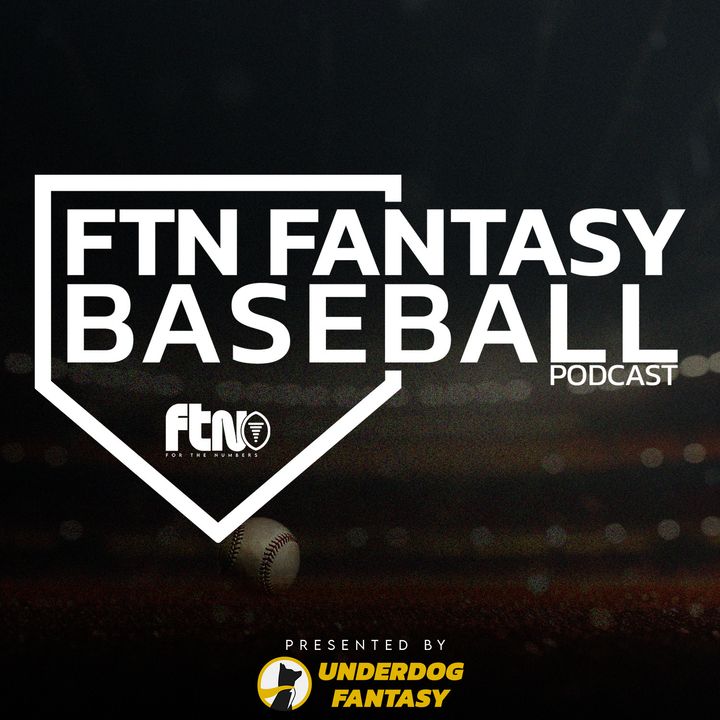



.jpg)


